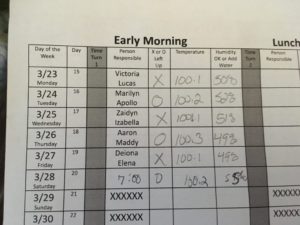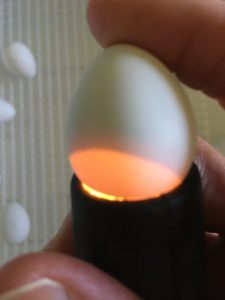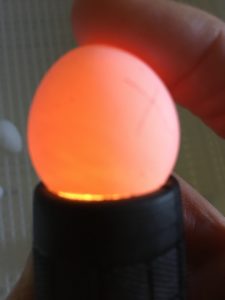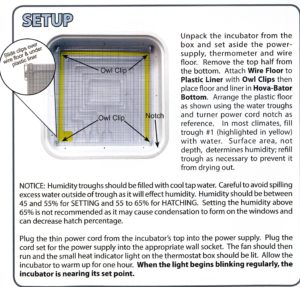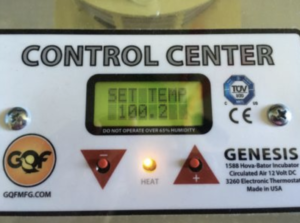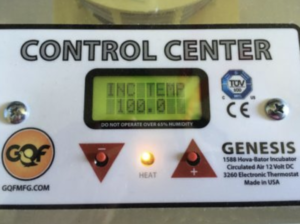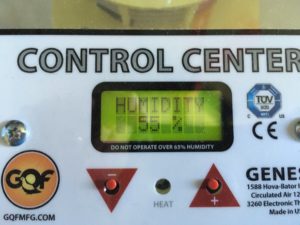Incubating Quail Eggs Day 20
go.ncsu.edu/readext?666936
en Español / em Português
El inglés es el idioma de control de esta página. En la medida en que haya algún conflicto entre la traducción al inglés y la traducción, el inglés prevalece.
Al hacer clic en el enlace de traducción se activa un servicio de traducción gratuito para convertir la página al español. Al igual que con cualquier traducción por Internet, la conversión no es sensible al contexto y puede que no traduzca el texto en su significado original. NC State Extension no garantiza la exactitud del texto traducido. Por favor, tenga en cuenta que algunas aplicaciones y/o servicios pueden no funcionar como se espera cuando se traducen.
Português
Inglês é o idioma de controle desta página. Na medida que haja algum conflito entre o texto original em Inglês e a tradução, o Inglês prevalece.
Ao clicar no link de tradução, um serviço gratuito de tradução será ativado para converter a página para o Português. Como em qualquer tradução pela internet, a conversão não é sensivel ao contexto e pode não ocorrer a tradução para o significado orginal. O serviço de Extensão da Carolina do Norte (NC State Extension) não garante a exatidão do texto traduzido. Por favor, observe que algumas funções ou serviços podem não funcionar como esperado após a tradução.
English
English is the controlling language of this page. To the extent there is any conflict between the English text and the translation, English controls.
Clicking on the translation link activates a free translation service to convert the page to Spanish. As with any Internet translation, the conversion is not context-sensitive and may not translate the text to its original meaning. NC State Extension does not guarantee the accuracy of the translated text. Please note that some applications and/or services may not function as expected when translated.
Collapse ▲One more teacher returned the quail eggs and embryology equipment. Today is the last day to turn the eggs. We will turn the eggs 3 times today, and record the temperature and humidity.
From Day 1 – 20, we kept water in channel #1 in the bottom of the incubator, keeping the humidity between 45 – 55%. The first 20 days are called “Setting.” Days 21 – 23 are called “Hatching.” Starting on Day 21, teachers and 4-H volunteers will fill channel #1 and channel #2 with water, and keep the humidity between 55 – 65%. They will also stop turning the eggs. The chicks are getting into place to hatch. The increased humidity will help them hatch. Our incubators are from GQF Manufacturing Company. The incubator photos and directions below are from their incubators.
Candling the eggs on Day 20 we see that the fertile eggs are full of the baby chick. We can clearly see the air cell. We can also clearly see the infertile egg.
Note: this is the continuation of the “Incubating Quail Eggs” Story.





